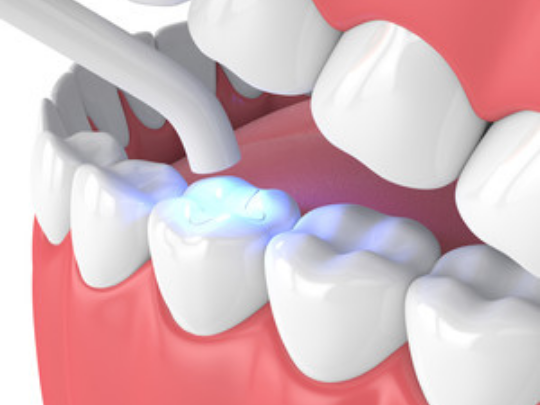More than half of children over the age of six suffer dental decay. Cavities that remain untreated can cause discomfort, infection, and even tooth loss. Fortunately, pediatric dentists can fill cavities to keep them from getting worse or causing difficulties. Modern dentistry has enabled the use of tooth-colored fillings, sometimes known as composites, to treat cavities discreetly. Children who have tooth-colored fillings can keep decaying teeth in a way that is both functional and aesthetically pleasing.
What are tooth-colored fillings?
Composite resins that are comparable in feel and color to natural teeth are used to make tooth-colored fillings. These fillings are far more beautiful and unnoticeable than traditional silver fillings.
Does my child need a filling?
If your child has cavities, he or she may require a dental filling. While some cavities are apparent and cause discomfort, many are not and are asymptomatic. That is why all children should have a professional dental exam twice a year by a pediatric dentist. Regular exams help detect dental decay in its early stages, when it is most treatable. Continue reading to discover what you should know about composite fillings.
What type of filling is best for my child?
Several factors influence the cost, durability, and functionality of restorations.
- The material used as a filler in the components
- The level of tooth structure that has not been damaged by the cavity
- Where and how the filler is placed
- The chewing load that the teeth must sustain
Before the session, your dentist may go through all of your options with you and help you choose the best treatment for your child’s situation. During the same appointment, the cavity is treated, and the filling is placed. Resin ionomers, glass ionomers, and composite (resin) fillings are examples of filling materials. There may be extensive deterioration in some cases, or the cavity may be near the gum line. As an alternative to a filling, your dentist may propose a crown in such cases.
Advantages of Using Composite Fillings Instead of Metal Fillings
One of the benefits of using composite dental fillings is that your child will be safer and healthier. Visit Joyful Smiles Pediatric Dentistry for the best pediatric dentistry services for your children in Bradley IL. These types of dental fillings have a variety of additional advantages and benefits.
- Blending with your natural teeth. Composite fillings can be colored to match your natural teeth. That means no one will be able to tell you to have fillings.
- Making teeth more durable. In contrast to filling the inside of the tooth, composite fillings bond directly to it. This strengthens the tooth and makes it less likely to fracture.
- There isn’t as much drilling required. Composite fillings require very little drilling.
- There is no longer any sensitivity to heat or cold. Amalgam fillings are particularly sensitive to temperature changes. While composite fillings can be sensitive at times, they are less likely to cause toothaches and pain when you eat or drink something hot or cold.
- Composite fillings can last up to ten years if properly cared for and professionally cleaned regularly. Brushing your child’s teeth twice a day, eating a balanced diet, and flossing every day are all examples of proper care.
- Faster dental appointments with fewer limitations. Composite fillings can be placed in less than 10 minutes. This is fantastic for parents since their children will no longer have to sit through long, drawn-out dentist appointments.
We hope that this blog has given you a better understanding of why composite fillings are a good choice for your child. Are you searching for the best pediatric dentistry in Bradley IL? Schedule an appointment with Joyful Smiles Pediatric Dentistry to receive the best pediatric dentistry services for your children.








